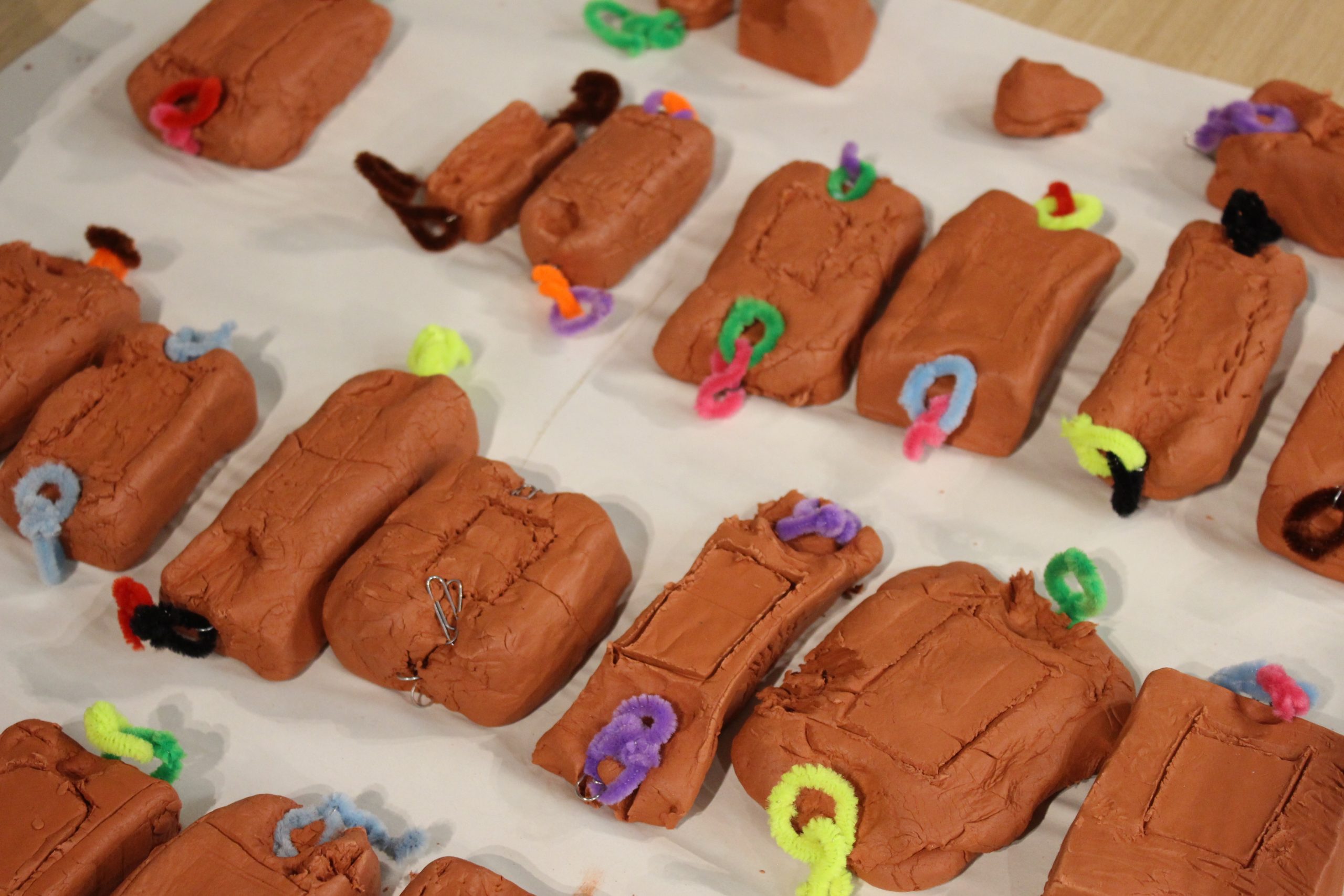
The Authenticity’s Child project stepped up this summer with Small Grant funding from the British Academy / Leverhulme Trust for research costs, the start of which coincided with the summer Coronation of Charles III. The Stone therefore moved from Scotland to London and back to Edinburgh Castle, with a short peregrination to St Giles Cathedral. Combined now with my 12-month British Academy/Leverhulme Fellowship, it’s timely to further introduce the character of my fieldwork.
My methodology, ethically approved, employs mixed methods, primarily focused ethnographic and qualitative fieldwork combining semi-structured interviews, short interviews, focus groups and participant observation. The aim is for ‘intense routes to knowing’ through rapid but deep reflections. This approach is described by Pink and my Stirling colleague Jennie Morgan in an eponymous 2013 article in the journal Symbolic Interaction.
In Stage 1 of the project, funded by the Anderson Dunlop Fund of the Scottish Medievalists and Historic Environment Scotland, my interviews tended to focus on people with intimate experience of events in 1996, when the Stone was taken from Westminster Abbey and returned to Scotland, to its present Edinburgh Castle home (see Gallery of photographs on this page). For Stage 2, my fieldwork is largely focussing on Scone Palace (the site of Scone Abbey, where the Stone was used before it was taken in 1296), Westminster Abbey (where the Stone resided in the Coronation Chair for 700 years), Edinburgh Castle (where it has lived most of the time since 1996, on display in the Crown Room with the Scottish regalia) and Perth (to whose new museum the Stone is moving in 2024).
Perth and Scone
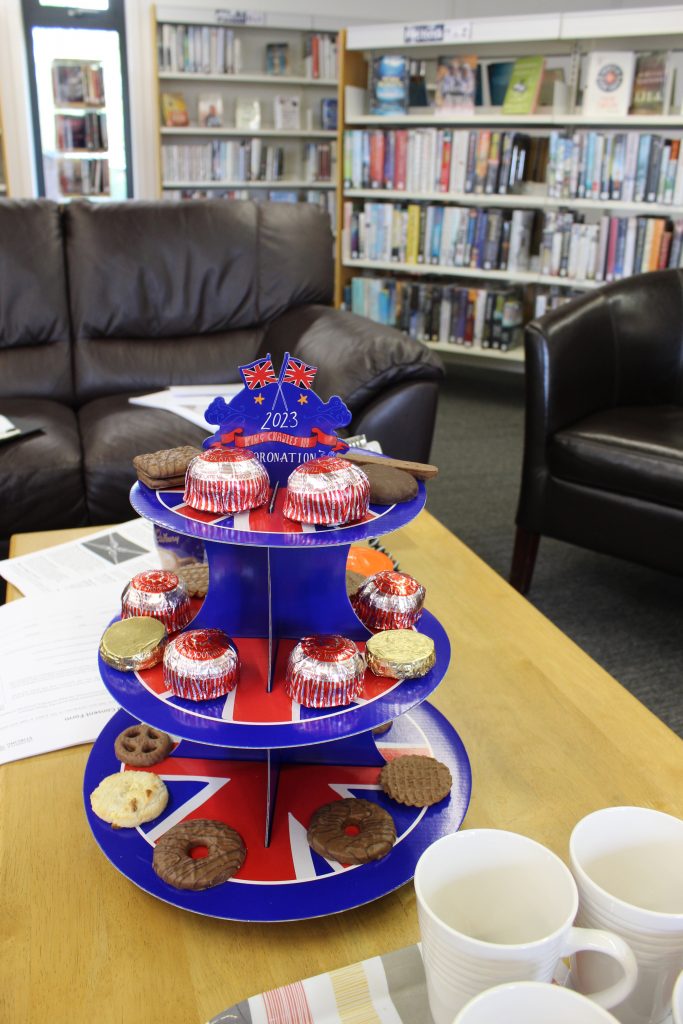

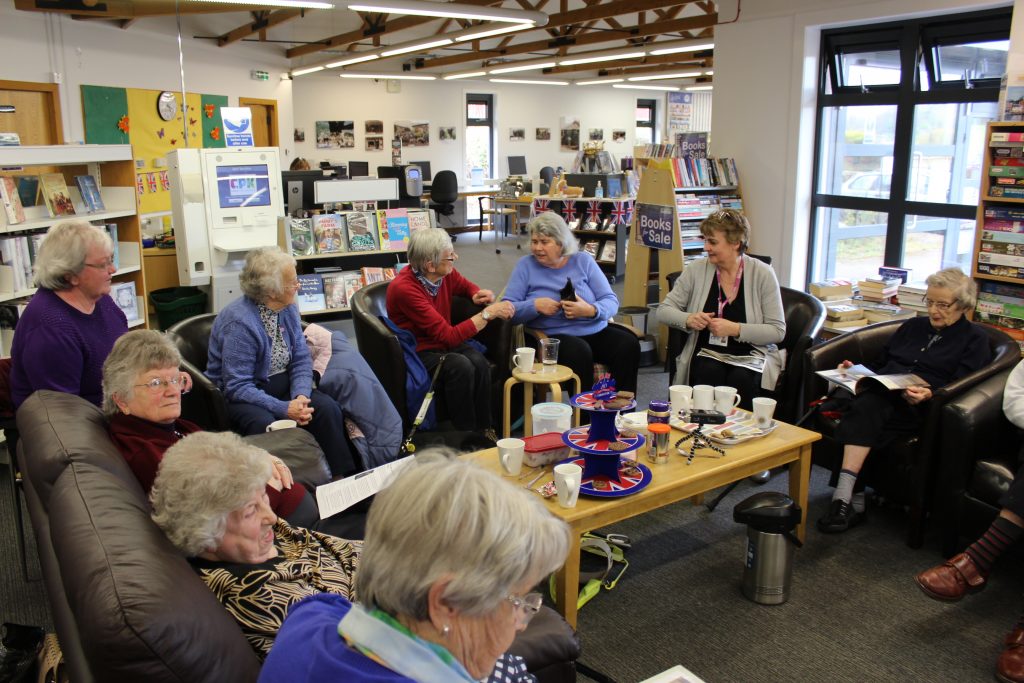
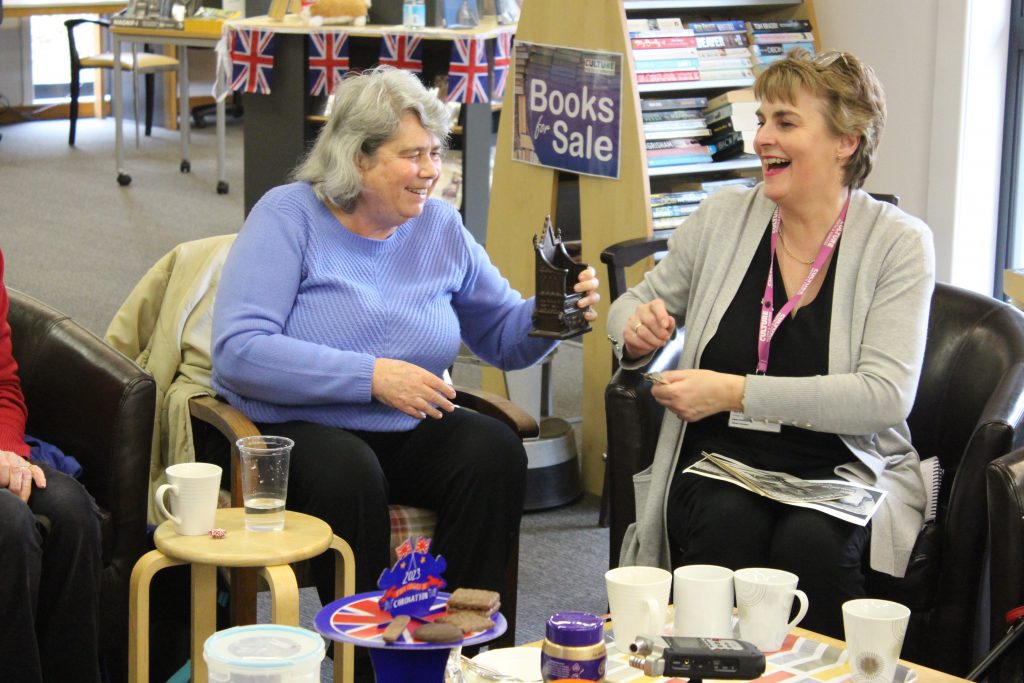
In early May, with the 6 June Coronation imminent, Dr Mark Hall from Perth Museum and Art Gallery and I teamed up to discuss the Stone and its meanings with the Scone Reminiscence Group, targeting one strand of the community local to Scone Palace. We are immensely grateful to the Group for letting us disrupt their normal routine and to Karen Donaldson for facilitating. Scone, if you don’t know, is just over the River Tay from Perth.
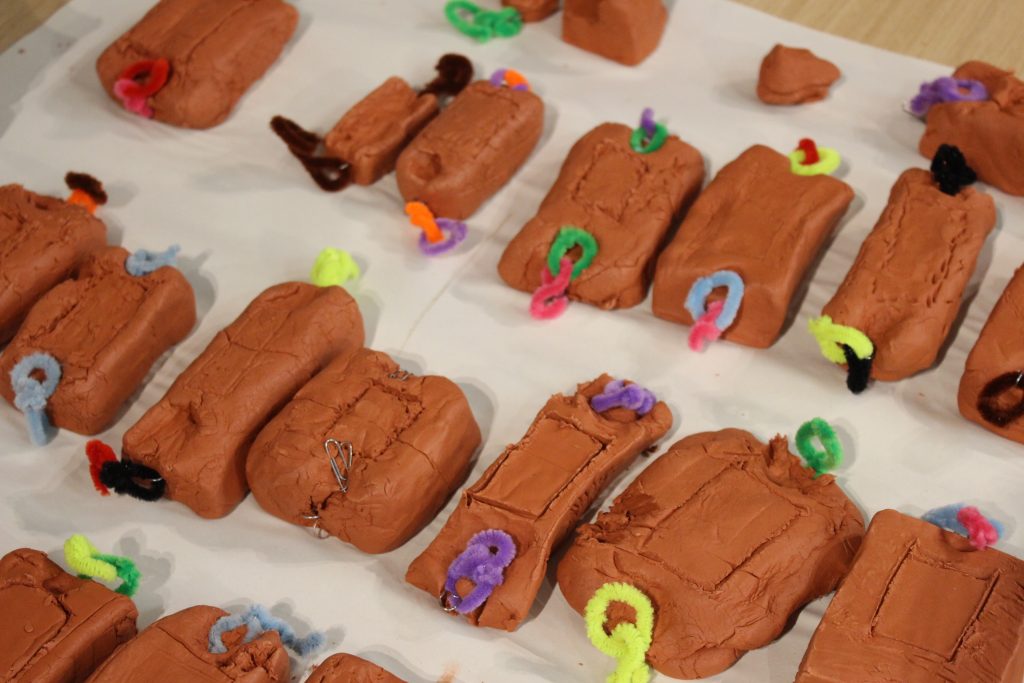
On 15 June, with the Coronation fresh in our minds, Mark and I then co-organised a day workshop with the children of St Ninian’s Primary School in Perth, with thanks to his colleague Barbara Hamilton for introducing us to the wonderful Mrs Gillian Edwards and her class.
The teaching aim was to use a single Scottish object – created locally, visually unprepossessing but highly iconic and symbolic at national and international level – to explore critically how we can use different types of evidence (interdisciplinary) to understand the Stone’s stories and why it therefore matters to different communities of people in different ways.
In terms of the research project objectives, we wanted to know:
- What do the children currently know / understand / feel about the Stone?
- How do the children understand how the Stone ‘works’? What is the Stone doing differently at each stage of its life, in different places, and why?
- How do the children respond to the materiality of the Stone – the story it alone can tell?
- At the end of the exercise and having learnt more about the Stone from multiple sources, what stories do the children think are the most interesting and important to tell about the Stone? If the Stone could talk what would it say?
- If / how the children respond to / engage with its (linear) life story
- What place, if any, does the movement of the Stone play in this and why?
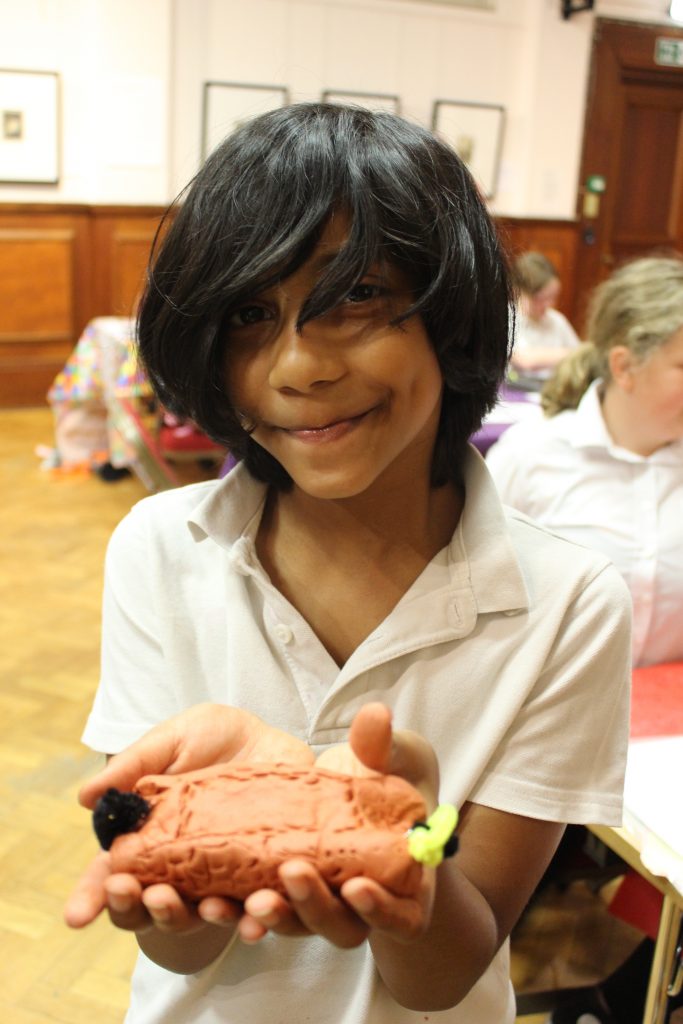

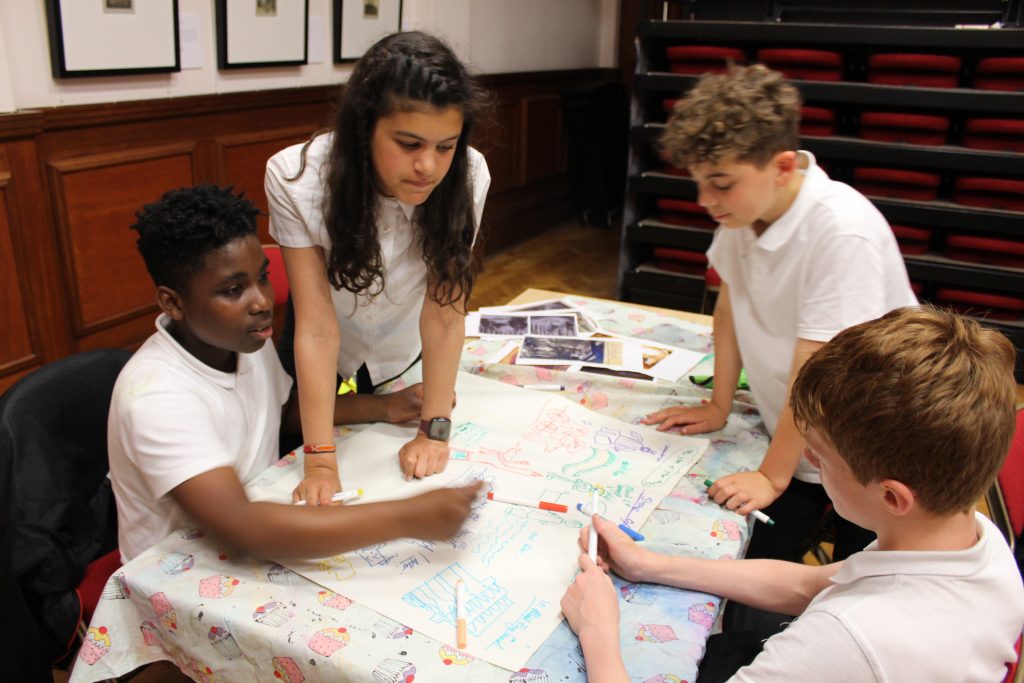

The teaching/research activities that we employed included the children creating their own models of the Stone from clay, paper clips and pipe cleaners drawing on the story they had learnt and the Stone’s materiality, visually mapping the Stone’s life, and writing postcards to us as the Stone when they got back to the classroom.
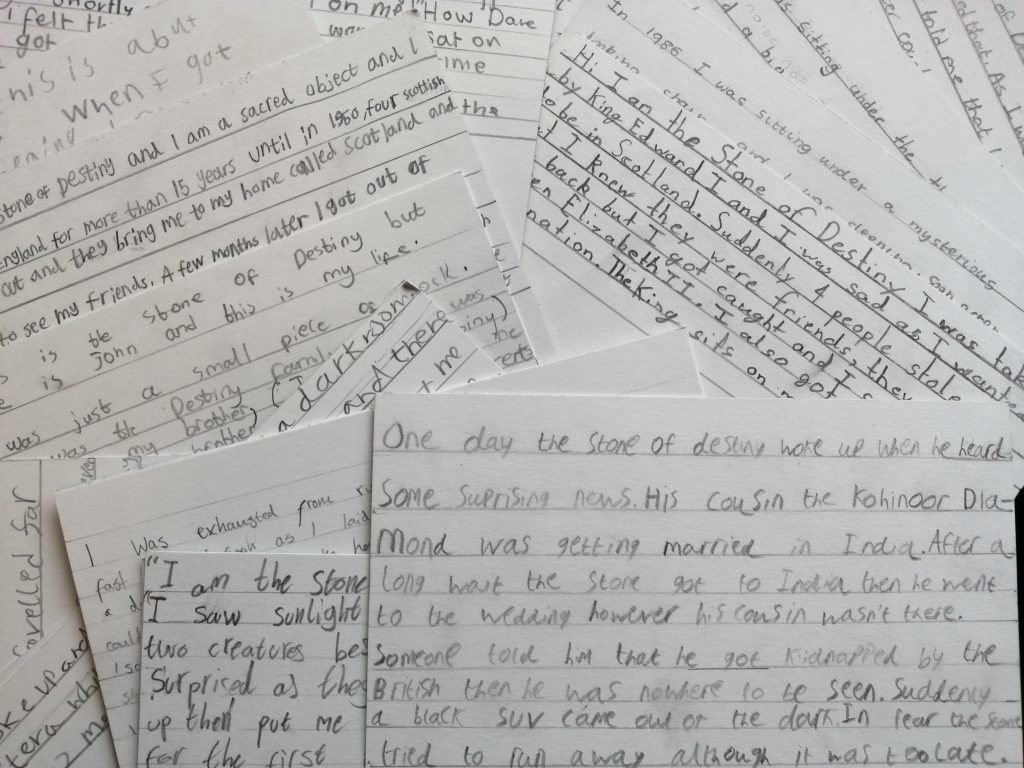
We wanted to get a sense of what untold potential the Stone’s story has in the Scottish Curriculum for Excellence going forward.
With Mark and Perth Museum and Art Gallery, further events are planned with other Perth communities: a workshop with Gender Equality Perth (28 October 2023, at Stirling, in partnership with University of Stirling Art Collection); and with Perth’s Youth Collective (December 2023). The latter involves Mark’s colleague Nicola de Gouveia. The young adults will produce a comic about the Stone, in a day led by Paul Bristow of Magic Torch Comics.
Scone Palace

I have visited Scone Palace many times over the last months, to interview the owners, staff and visitors, and to watch visitors interacting with the Moot Hill and replicas of the Stone. A focus group is planned in autumn with the Friends of Scone. I’m particularly grateful to Lady Mansfield, Viscount Stormont and their team, through Stephen Brannigan, for arranging things and making me feel so welcome indeed.

Westminster Abbey
Westminster Abbey had an even busier summer than normal … which means I’m only just picking up arrangements for interviews with clerics and staff there, to build on a nice body of earlier interviews. I am indebted to Dr Tony Trowles, Dr Warwick Rodwell and James Wilkinson for their advice and agency in this regard. James is editor of Westminster Abbey Review, which published a short piece about the project in its Coronation Issue for Summer 2023.

Edinburgh Castle
Planning for interviews with some staff and visitors at the perennially busy Edinburgh Castle is in hand. At Historic Environment Scotland, I’m particularly grateful to Kathy Richmond and Richard Strachan and his team for their support.
Otherwise, further individual individual interviews have continued, with a degree of serendipity as relationships to the Stone and its story emerge, such as discovering at a village BBQ that a neighbour had been a pupil at Scone Palace when the Stone was taken from Westminster Abbey in 1950/51.
Let me end by describing the workshop that just took place at the University of Stirling, which is a development out of the initial research proposal.
The Stone of Scone: future destinies
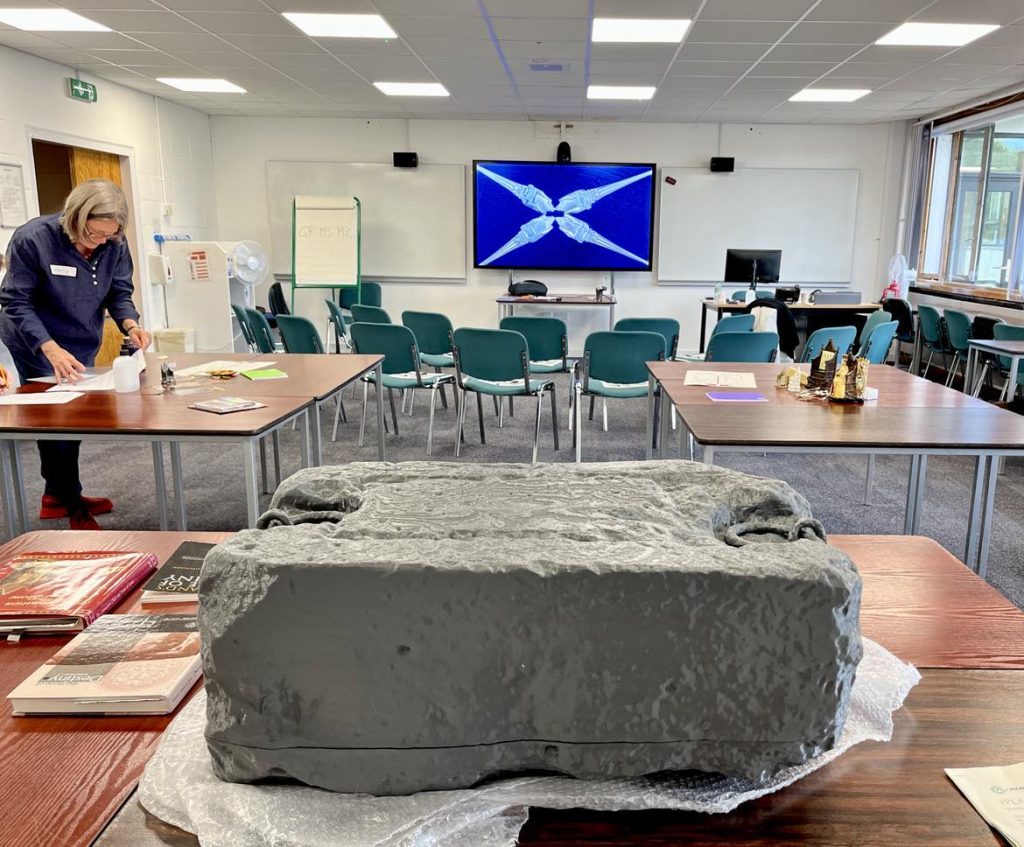
On 23 September, I had the pleasure to team up with Dr Elisabeth Niklasson, Lecturer in Heritage, Aberdeen University for this event. We’d recognised a synergy with our respective research and this was too good an opportunity to miss. For this free, six-hour event we sought the friendly and open engagement of people from diverse political parties and interest groups local to the Stirling area. Nine people booked up.
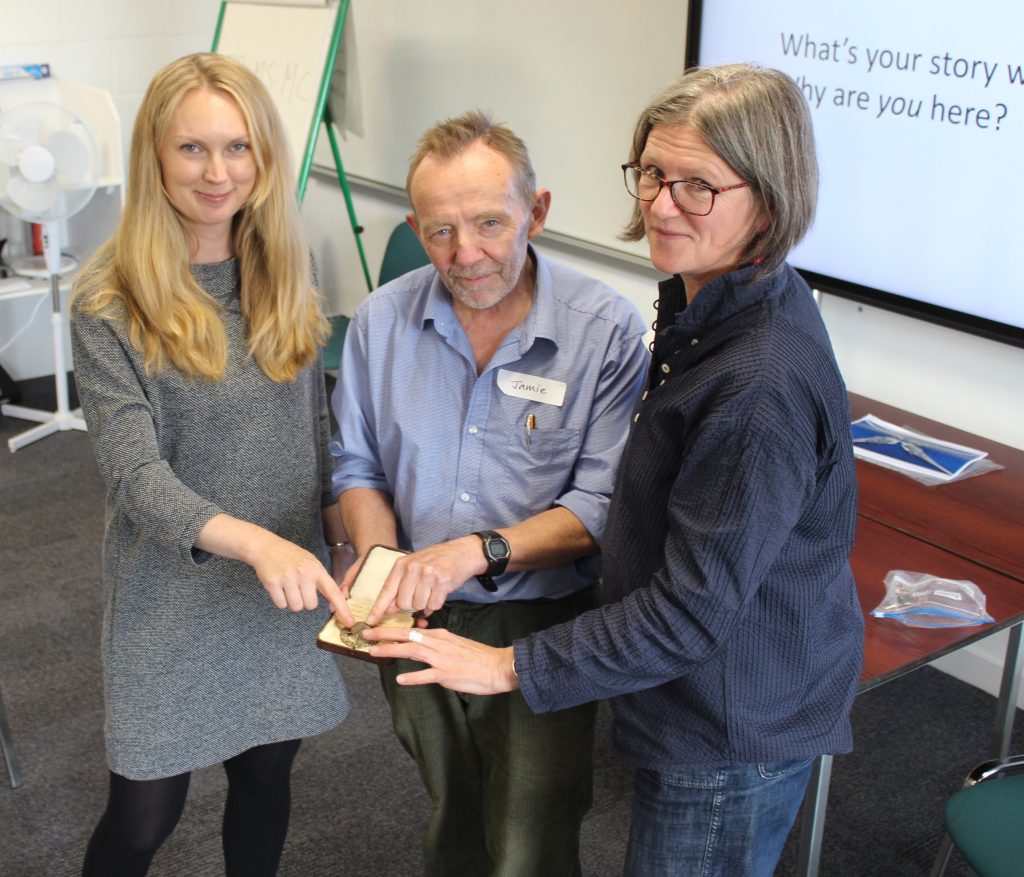

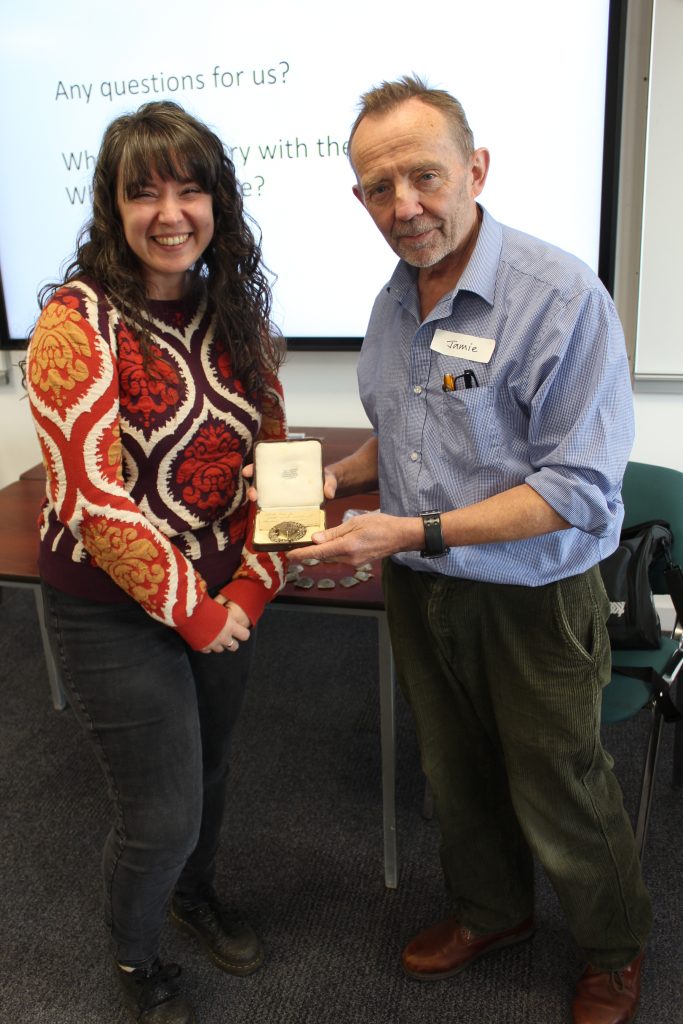
We were extremely honoured to be joined by Jamie Hamilton, who talked to us about the legacy of his father Ian Hamilton’s role in bringing the Stone back to Scotland in 1950/51, for his father and family. He brought along a very special family memento: the brooch his father gave to his mother on her 21st birthday, a silver band with mounted Scottish medieval designs surrounding a clasped fragment of the Stone. This fragment comes from the breakage of the Stone in 1950 or its repair in 1951. Fragments of the Stone and their circulation will be the subject of a future blog …
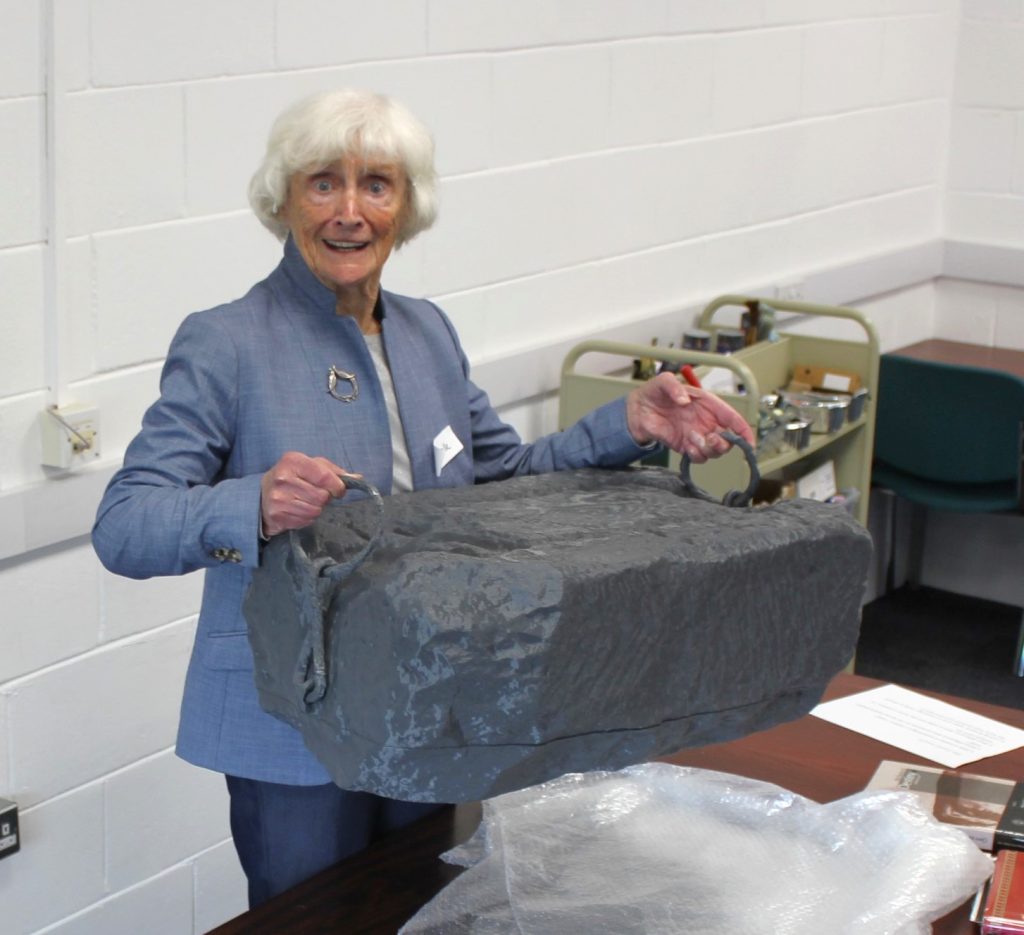

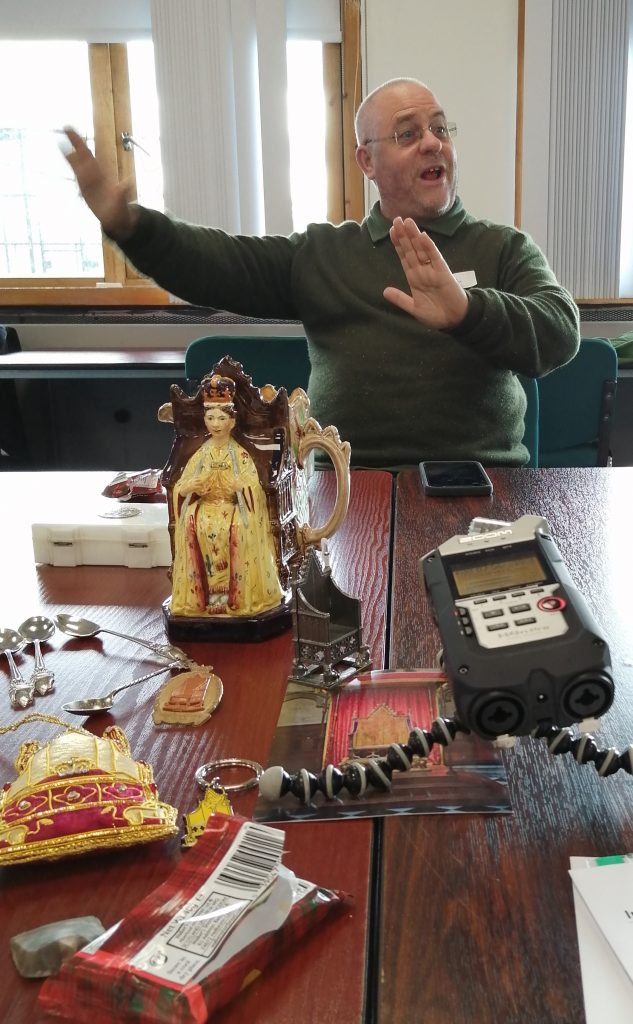
Mark Hall also joined us in Stirling, bringing and sharing for the first time Perth Museum and Art Gallery’s recently acquired life-size replica of the Stone, accurately printed from a 3D scan. This provoked an excellent debate around the nature and value of replicas, and in the context of the Stone. What brilliant discussions (and many sandwiches, teas, coffees, buns) we all had. Thank you!
The event was organised with the support of the University of Stirling Scottish Political Archive and Art Collection (thank you Rosie Al-Mulla) and coincided with Doors Open Day 2023 in the Pathfoot Building and its Art Collection. Visitors to both could meet Rosie and see Stone-related records from the Scottish Political Archive. Artist George Wyllie’s Stone of Destiny, lent by Stirling Smith Art Gallery and Museum, was also on display (see previous blog).

Queries or further information: Professor Sally Foster. Full project website: https:\\thestone.stir.ac.uk.
All images (c) Sally Foster unless stated.
Funded by:

